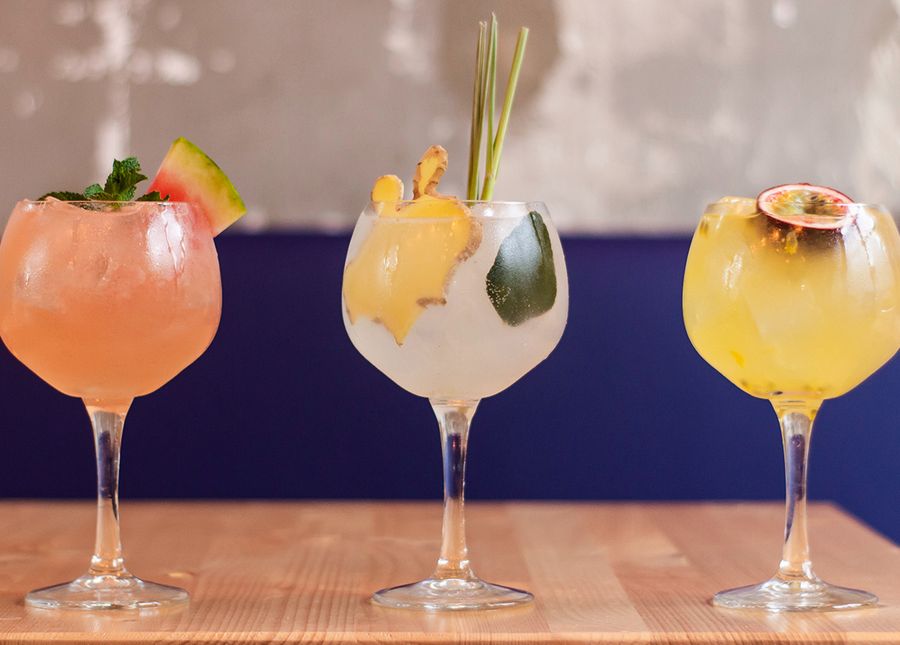It’s time to dig out your scarves, gloves and beanies to keep warm. Breathe easy knowing you don’t have to adhere to the strict social rules of yesteryear that came with wearing these accessories. Find out what the etiquette was for wearing hats, scarves and gloves back in the day, with tips on how you can make them work this season.
Gloves
These days most of us only wear gloves to save our freezing digits from potential frostbite. But gloves (of the linen, cotton, silk and satin kind) used to be worn for the purpose of modesty, to protect from dirt and to jazz up an outfit.
Gloves as a fashion statement started in the 13th century. They were later embraced by royalty, with Queen Elizabeth I causing a stir by taking off her bejewelled and embroidered gloves and putting them on again in front of audiences, drawing attention to her regal hands.
Gloves commonly covered not just a lady’s hands but also their forearms. Men’s gloves were shorter and could be categorised as either ‘day gloves’ (black or brown in colour) or ‘evening gloves’ (white).
Should you want to wear gloves in a formal occasion, remember that you only need to remove them to shake hands with a high-ranking official (everyone else can get a gloved handshake). Remove them before eating, placing them in your lap under your napkin. It’s considered garish to wear rings over your gloves, but bracelets are fine (as demonstrated by Madonna in the ‘Material Girl’ music video).

Scarves
From a chic silk neck-tie to your grandmother’s knitted variety, scarves have been keeping us covered since Ancient Egyptian times. Traditionally worn by the military, scarves became popular in the 19th century when Queen Victoria purchased a cashmere shawl.
In 1837, French fashion house Hermès designed the first graphic silk scarf, one that has not yet gone out of style. It was made popular as a headscarf by Audrey Hepburn and as an arm sling on Grace Kelly, proving the multifunctionality of the scarf.
It wasn’t just women who were fond of a scarf – male pilots wore white silk scarves to prevent chafing, and it’s believed that scarves heralded the popularity of the tie.
Rather than just throw on your scarf, experiment with different knots and draping. Don’t let your scarf overwhelm your silhouette (otherwise it’ll look like you’re wearing your blanket) and keep it looking neat and tidy.

Hats
One of the first images of a person wearing a hat was found in an Ancient Egyptian tomb. In the Middle Ages, hats became an indication of social status, and in the 18th century the term ‘milliner’ was coined after Milan gained a reputation for producing quality hats.
In the 19th century, hats became more outlandish – you were the bee’s knees if you donned a bonnet with flowers, fruit, ribbons and feathers. The tradition of wearing a hat to the races can be traced back to Royal Ascot in Britain, which started in 1911. All guests of the Royal Enclosure had to have their heads covered, and this protocol spread to the Kentucky Derby in the US and our own Melbourne Cup. It was also in the first half of the 20th century that it was considered scandalous to leave home without a hat.
While you won’t cause outrage by not wearing a hat in 2019, hat wearing isn’t unusual either. Want to wear your chapeau without upsetting anyone around you? It’s generally okay to wear hats indoors these days, but use your noggin – if your hat is particularly tall or outlandish, take it off inside theatres and concerts so you don’t block the view of the people behind you.

Main image: Les Anderson



